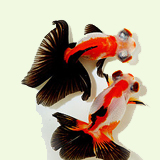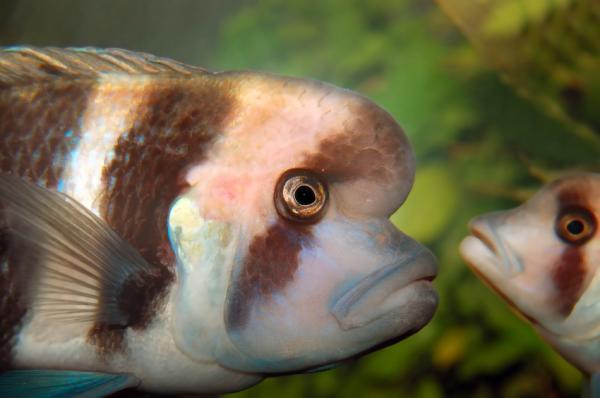

Once the male has fertilized the eggs, and the female has picked them up, she will incubate them in her buccal cavity for a
period of time, ranging from 21 to 32 days, depending upon the species and temperature of the water. The mother will constantly
“tumble” the eggs, turning them over and over to provide them with sufficient oxygen. Eggs that are removed prematurely and
not artificially tumbled quickly necrose and succumb to fungus rot, which will then infect the other eggs. This method
of incubation is considered an advance in evolution by many researchers because it provides an extended level of protection
to the fish’s offspring. It has been documented that the offspring of mouthbrooders are actually larger than the fry of
substrate-layers. But what is perhaps even more interesting is that mothers will often take the fry back up into
their buccal cavity when a threat to their offspring is perceived.

 Home
Home  Goldfish
Goldfish  Siamese Fighting Fish (Betta)
Siamese Fighting Fish (Betta)  Flowerhorn
Flowerhorn  Chichlid
Chichlid Arowana
Arowana